-
 Bitcoin
Bitcoin $117500
2.15% -
 Ethereum
Ethereum $3911
6.19% -
 XRP
XRP $3.316
10.79% -
 Tether USDt
Tether USDt $1.000
0.01% -
 BNB
BNB $787.2
2.24% -
 Solana
Solana $175.2
4.15% -
 USDC
USDC $0.9999
0.00% -
 Dogecoin
Dogecoin $0.2225
8.40% -
 TRON
TRON $0.3383
0.28% -
 Cardano
Cardano $0.7868
6.02% -
 Stellar
Stellar $0.4382
9.34% -
 Hyperliquid
Hyperliquid $40.92
7.56% -
 Sui
Sui $3.764
7.63% -
 Chainlink
Chainlink $18.48
10.66% -
 Bitcoin Cash
Bitcoin Cash $582.1
1.88% -
 Hedera
Hedera $0.2601
6.30% -
 Avalanche
Avalanche $23.33
4.94% -
 Ethena USDe
Ethena USDe $1.001
0.02% -
 Litecoin
Litecoin $122.3
2.04% -
 UNUS SED LEO
UNUS SED LEO $8.969
-0.27% -
 Toncoin
Toncoin $3.339
0.86% -
 Shiba Inu
Shiba Inu $0.00001287
4.30% -
 Uniswap
Uniswap $10.43
7.38% -
 Polkadot
Polkadot $3.861
5.08% -
 Dai
Dai $1.000
0.02% -
 Bitget Token
Bitget Token $4.513
3.41% -
 Monero
Monero $267.7
-6.18% -
 Cronos
Cronos $0.1499
4.14% -
 Pepe
Pepe $0.00001110
5.15% -
 Aave
Aave $284.9
8.28%
What is Ethereum's cross-chain technology?
Ethereum's cross-chain technology empowers seamless asset and data transfer between diverse blockchain networks, extending the reach and interoperability of the Ethereum ecosystem.
Feb 17, 2025 at 12:18 am
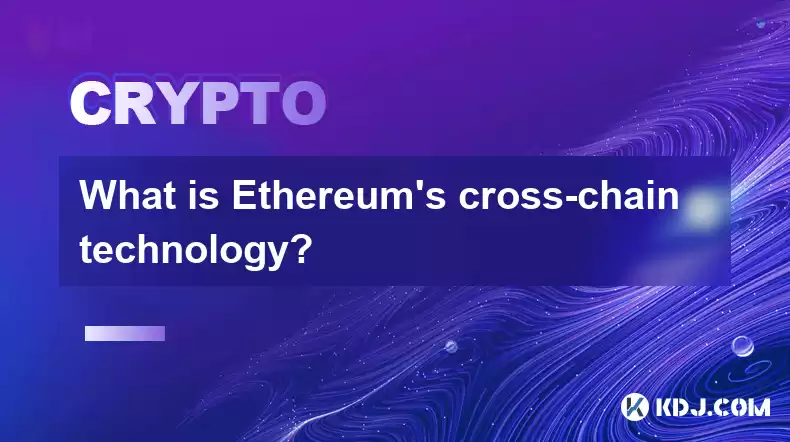
Key Points:
- Understanding Ethereum's Cross-Chain Framework
- Cross-Chain Transfer Protocols and their Mechanisms
- Building and Deploying Cross-Chain Applications
- Security Considerations and Challenges in Cross-Chain Technology
- Recent Advancements and Future Prospects in Ethereum's Cross-Chain Development
What is Ethereum's Cross-Chain Technology?
Ethereum's cross-chain technology encompasses a range of solutions that facilitate the seamless transfer of assets and data between different blockchain networks. By overcoming the limitations of isolated chains, cross-chain technology extends the capabilities of Ethereum and expands its interoperability within the broader cryptocurrency ecosystem.
Cross-Chain Transfer Protocols and their Mechanisms
- Chain-to-Chain Protocols: Establish a direct communication channel between two specific blockchains, allowing for trustless asset transfers. Examples include the Atomic Swaps protocol for on-chain transactions and the Lightning Network for off-chain payments.
- Relay Protocols: Employ intermediary networks to facilitate cross-chain transfers, enhancing scalability and reducing latency. Notable protocols include Plasma and Polkadot's Cross-Chain Message Passing (XCMP) framework.
- Token Wrapping: Involves creating a representation of an asset on a different blockchain. Wrapped tokens, such as Wrapped Bitcoin (WBTC), maintain their underlying value while providing access to the target chain's functionality.
Building and Deploying Cross-Chain Applications
- Cross-Chain Bridges: Connect different blockchains, enabling the deployment of applications that utilize assets and data from multiple networks. Popular bridges include the Rainbow Bridge (Ethereum to Near) and the Harmony Bridge (Ethereum to Harmony).
- Sidechains and Parachains: Provide a scalable solution for building cross-chain applications by creating parallel chains or integrating with parent chains. Examples include the Polygon network (Ethereum sidechain) and the Acala network (Polkadot parachain).
Security Considerations and Challenges in Cross-Chain Technology
- Cross-Chain Attacks: Exploiting vulnerabilities at the inter-chain level, such as double spending or bridge hacks. Robust security measures, including code audits, bridge design audits, and multi-party computation, are crucial.
- Composability Challenges: Integrating multiple cross-chain solutions can introduce complexity and potential security risks. Balancing interoperability with security is essential for safe and reliable cross-chain applications.
- Scalability Limitations: Handling a high volume of cross-chain transactions may pose scalability challenges, particularly when utilizing intermediaries or sidechains. Optimizing network protocols and implementing efficient sharding techniques are key.
Recent Advancements and Future Prospects in Ethereum's Cross-Chain Development
- Cross-Chain Messaging: Enabling direct communication and transaction capabilities between smart contracts across multiple blockchains. Research efforts focus on developing secure and scalable protocols for cross-chain messaging.
- Smart Contract Interoperability: Exploring standards and frameworks for smart contracts to interact seamlessly with cross-chain applications. This enhances collaboration and the development of complex multi-chain applications.
- Cross-Chain Data Sharing: Facilitating the secure and efficient exchange of data between different blockchains. Data oracle solutions and cross-chain data bridges play a crucial role in this area.
FAQs
- What are the advantages of using Ethereum's cross-chain technology?
Cross-chain technology expands Ethereum's ecosystem, increases liquidity, enhances interoperability, and enables the creation of novel applications that leverage assets and data from multiple blockchains. - What are the risks associated with cross-chain technology?
Potential risks include cross-chain attacks, security vulnerabilities, composability challenges, and scalability limitations. Due diligence, rigorous testing, and robust security measures are essential for mitigating these risks. - How does Ethereum's cross-chain technology contribute to the cryptocurrency industry?
Ethereum's cross-chain technology fosters blockchain interoperability, promotes collaboration, and drives innovation. It enables the development of cross-border payments, supply chain management systems, and decentralized exchanges that transcend blockchain boundaries. - What are the limitations of Ethereum's cross-chain technology?
Scalability, security, and composability challenges require ongoing research and development efforts. Cross-chain transactions may also incur higher fees than on-chain transfers, and some cross-chain solutions introduce a degree of centralization. - How is Ethereum's cross-chain technology evolving?
Ongoing advancements focus on enhancing security, increasing scalability, and improving interoperability. Explorations in cross-chain messaging, smart contract interoperability, and cross-chain data sharing aim to unlock new possibilities for multi-chain applications and protocols.
Disclaimer:info@kdj.com
The information provided is not trading advice. kdj.com does not assume any responsibility for any investments made based on the information provided in this article. Cryptocurrencies are highly volatile and it is highly recommended that you invest with caution after thorough research!
If you believe that the content used on this website infringes your copyright, please contact us immediately (info@kdj.com) and we will delete it promptly.
- Tron's Sell-Off Spurs Altcoin Shift: What's Next for TRX?
- 2025-08-08 08:30:12
- RUVI Presale: Is the Growth Potential Real?
- 2025-08-08 09:10:12
- Sleep Token's US Takeover: Thornhill Rides the 'Even In Arcadia' Wave
- 2025-08-08 08:30:12
- FTT Token's Wild Ride: Creditor Repayments vs. Market Drop - A New Yorker's Take
- 2025-08-08 07:10:12
- Floki Crypto Price Prediction: Riding the Robinhood Rocket or Just a Meme?
- 2025-08-08 07:15:12
- EigenLayer, Restaking, and Ethereum: Navigating the Hype and the Hazards
- 2025-08-08 06:30:12
Related knowledge

Where can I buy UMA (UMA)?
Aug 07,2025 at 06:42pm
Understanding UMA and Its Role in Decentralized FinanceUMA (Universal Market Access) is an Ethereum-based decentralized finance (DeFi) protocol design...

What exchanges support buying IOTA (MIOTA)?
Aug 07,2025 at 09:58pm
Understanding the Role of Private Keys in Cryptocurrency SecurityIn the world of cryptocurrency, private keys are the cornerstone of ownership and con...
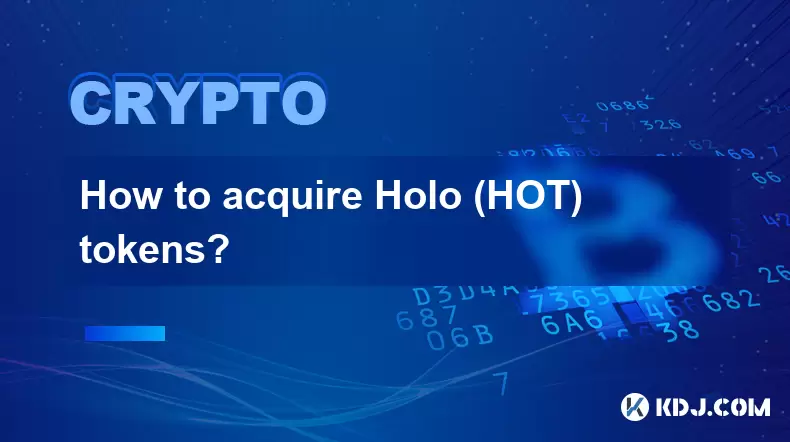
How to acquire Holo (HOT) tokens?
Aug 08,2025 at 05:56am
Understanding Holo (HOT) and Its EcosystemHolo (HOT) is a cryptocurrency token associated with the Holo ecosystem, which is built on the Holochain fra...
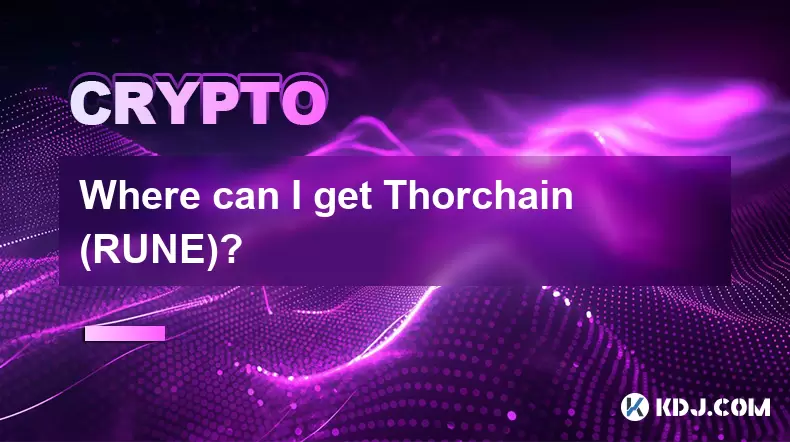
Where can I get Thorchain (RUNE)?
Aug 08,2025 at 08:07am
Understanding the Role of Seed Phrases in Cryptocurrency WalletsA seed phrase, also known as a recovery phrase or mnemonic phrase, is a critical compo...
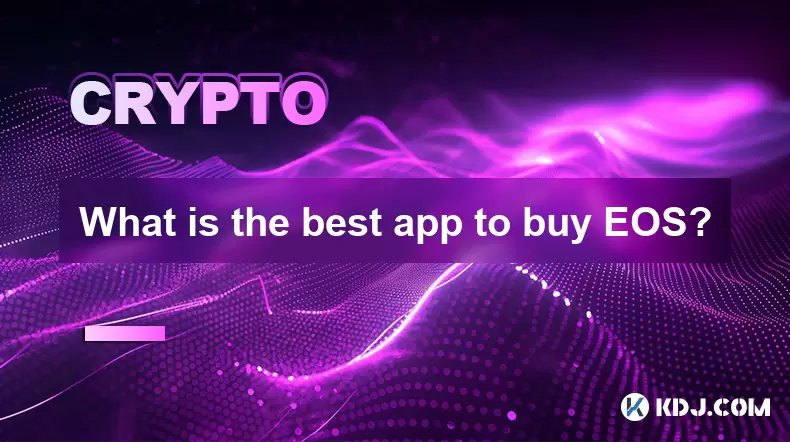
What is the best app to buy EOS?
Aug 07,2025 at 04:35pm
Understanding EOS and Its Role in the Cryptocurrency EcosystemEOS is a blockchain platform designed to support decentralized applications (dApps) with...
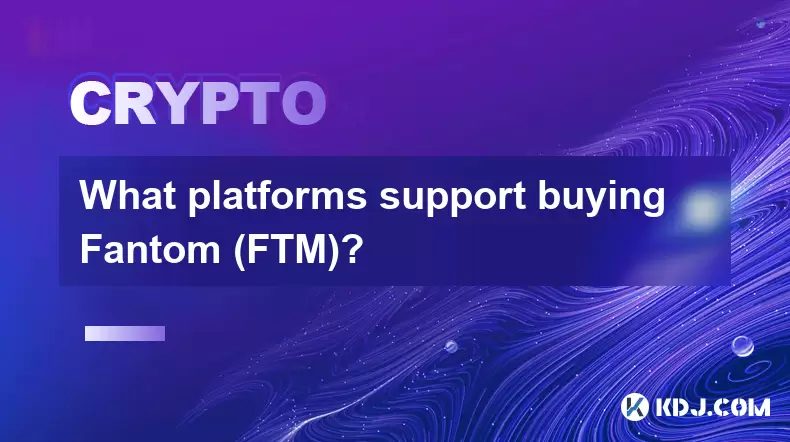
What platforms support buying Fantom (FTM)?
Aug 08,2025 at 01:56am
Overview of Fantom (FTM) and Its EcosystemFantom (FTM) is a high-performance, scalable, and secure layer-1 blockchain designed to overcome the limitat...

Where can I buy UMA (UMA)?
Aug 07,2025 at 06:42pm
Understanding UMA and Its Role in Decentralized FinanceUMA (Universal Market Access) is an Ethereum-based decentralized finance (DeFi) protocol design...

What exchanges support buying IOTA (MIOTA)?
Aug 07,2025 at 09:58pm
Understanding the Role of Private Keys in Cryptocurrency SecurityIn the world of cryptocurrency, private keys are the cornerstone of ownership and con...

How to acquire Holo (HOT) tokens?
Aug 08,2025 at 05:56am
Understanding Holo (HOT) and Its EcosystemHolo (HOT) is a cryptocurrency token associated with the Holo ecosystem, which is built on the Holochain fra...

Where can I get Thorchain (RUNE)?
Aug 08,2025 at 08:07am
Understanding the Role of Seed Phrases in Cryptocurrency WalletsA seed phrase, also known as a recovery phrase or mnemonic phrase, is a critical compo...

What is the best app to buy EOS?
Aug 07,2025 at 04:35pm
Understanding EOS and Its Role in the Cryptocurrency EcosystemEOS is a blockchain platform designed to support decentralized applications (dApps) with...

What platforms support buying Fantom (FTM)?
Aug 08,2025 at 01:56am
Overview of Fantom (FTM) and Its EcosystemFantom (FTM) is a high-performance, scalable, and secure layer-1 blockchain designed to overcome the limitat...
See all articles

























































































